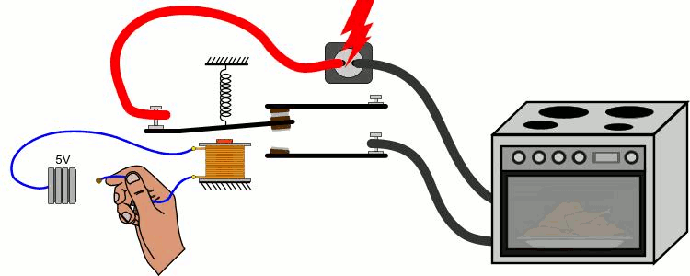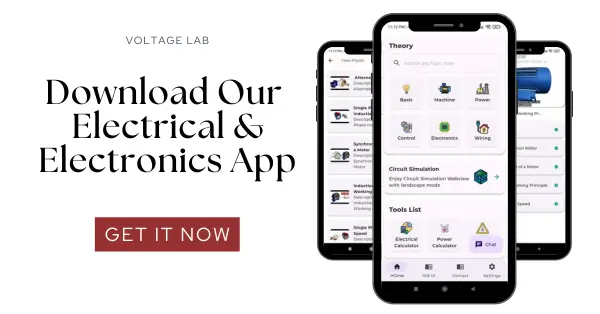
This animation shows how a relay works as an electrically operated switch.
Relays allow a low-voltage control signal to switch high-voltage or high-current loads safely.
They are commonly used in automation, protection circuits, motor control, and home appliances.
Key Components:
- Control Coil: A small electromagnetic coil activated by a low voltage (e.g., 5V).
- Armature (Moving Contact): A metal lever that moves when the coil is energized.
- Spring: Returns the armature to its original position when power is removed.
- Normally Open (NO) Contact: Remains open until the relay is activated.
- Normally Closed (NC) Contact: Remains closed until the relay is activated.
- Load Circuit: The high-power device (e.g., an oven) being switched.
Working Principle:
- A low-voltage signal (5V in the GIF) energizes the coil.
- When the coil is powered, it becomes an electromagnet.
- The magnetic force pulls the armature, changing the contact positions.
- This closes the NO contact, allowing high-voltage power to reach the load.
- When the control signal is removed, the spring pushes the armature back, opening the circuit and turning the load OFF.
This allows small control circuits (like microcontrollers, switches, sensors) to operate large electrical devices safely.
⚡ Tip:
Relays provide electrical isolation, preventing dangerous high voltages from reaching the control side — making them essential for safe switching.


